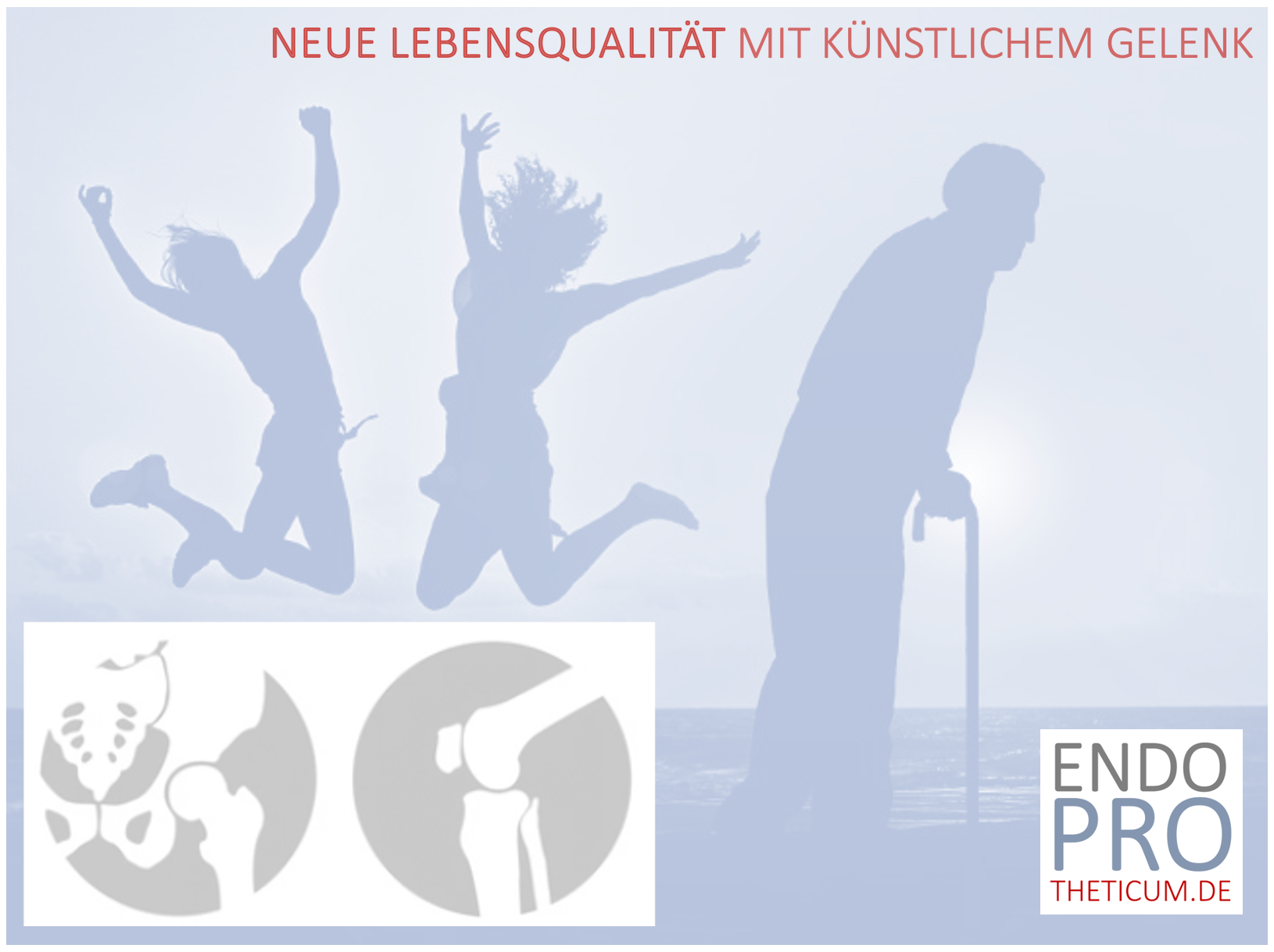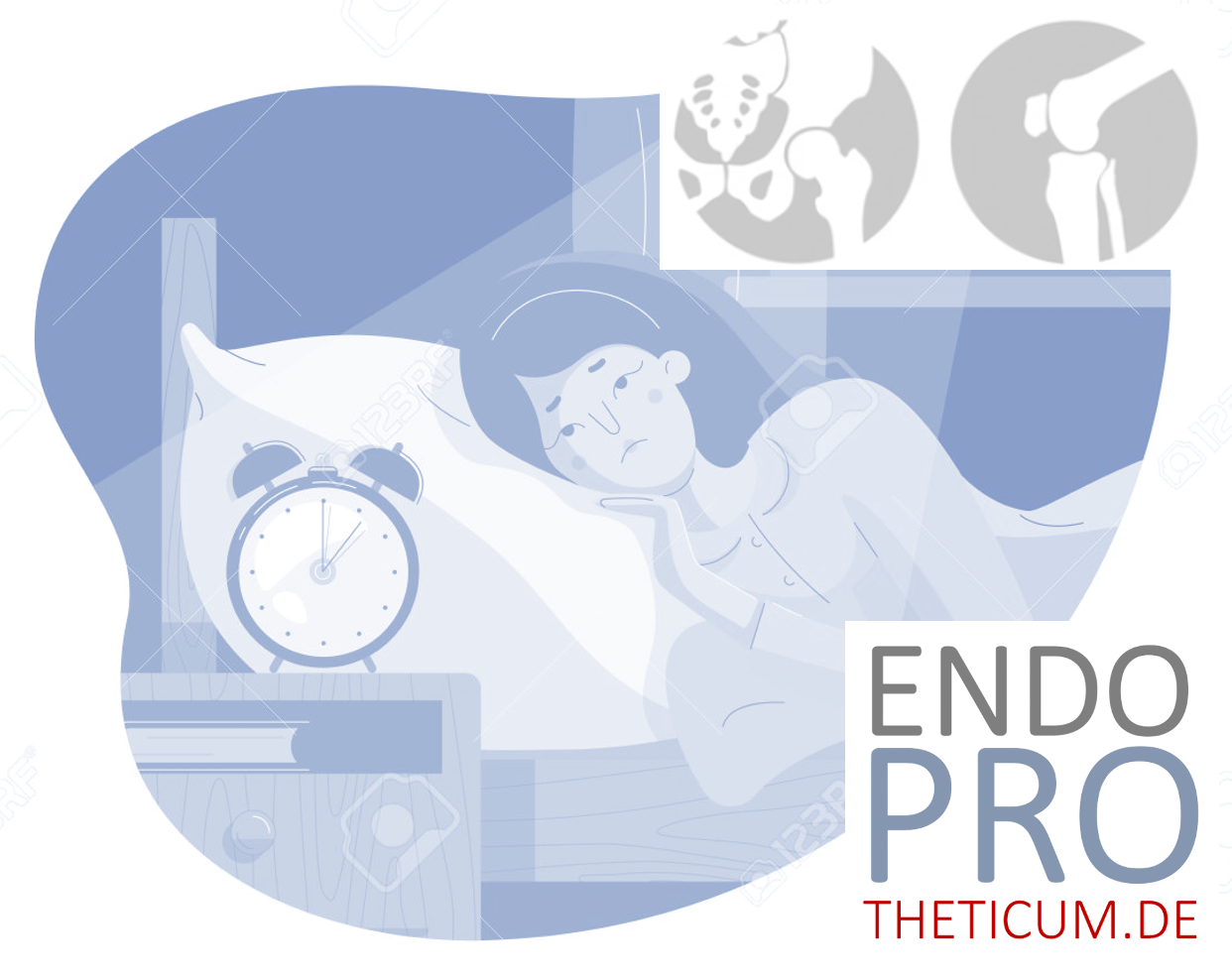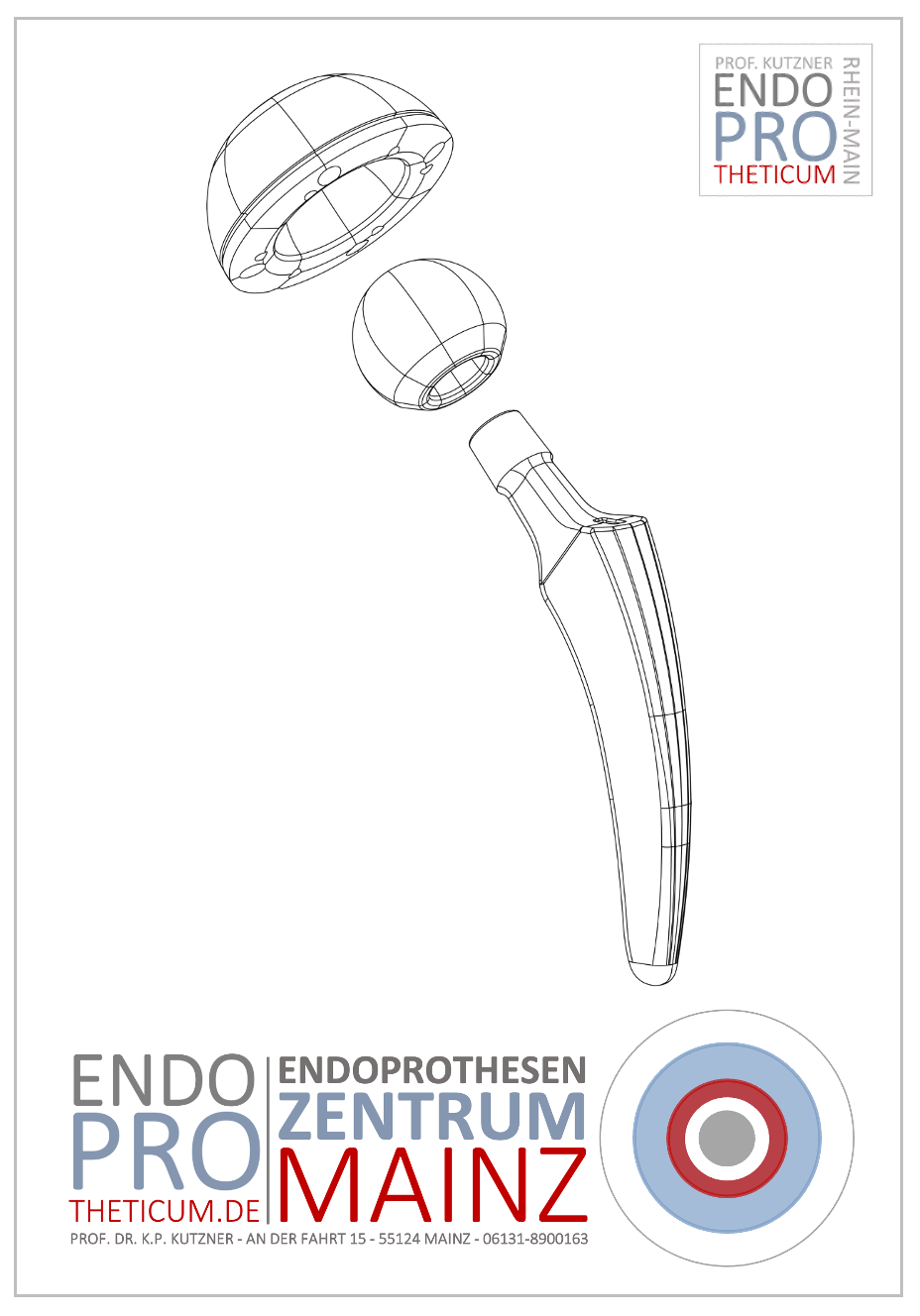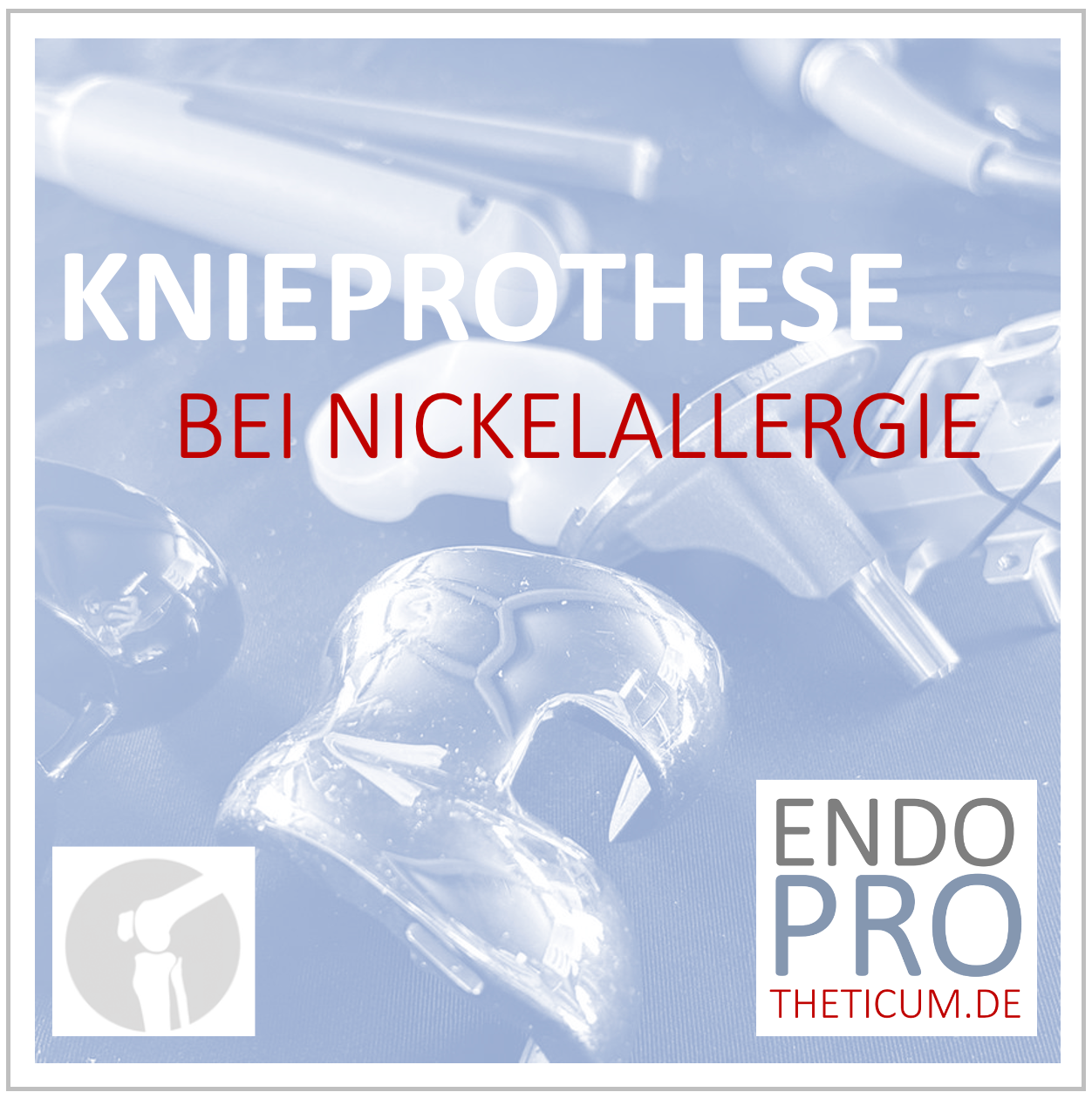Changing hip and knee prostheses: when is it really necessary?
When and why a revision with a replacement of the prosthesis is necessary:
Causes and solutions
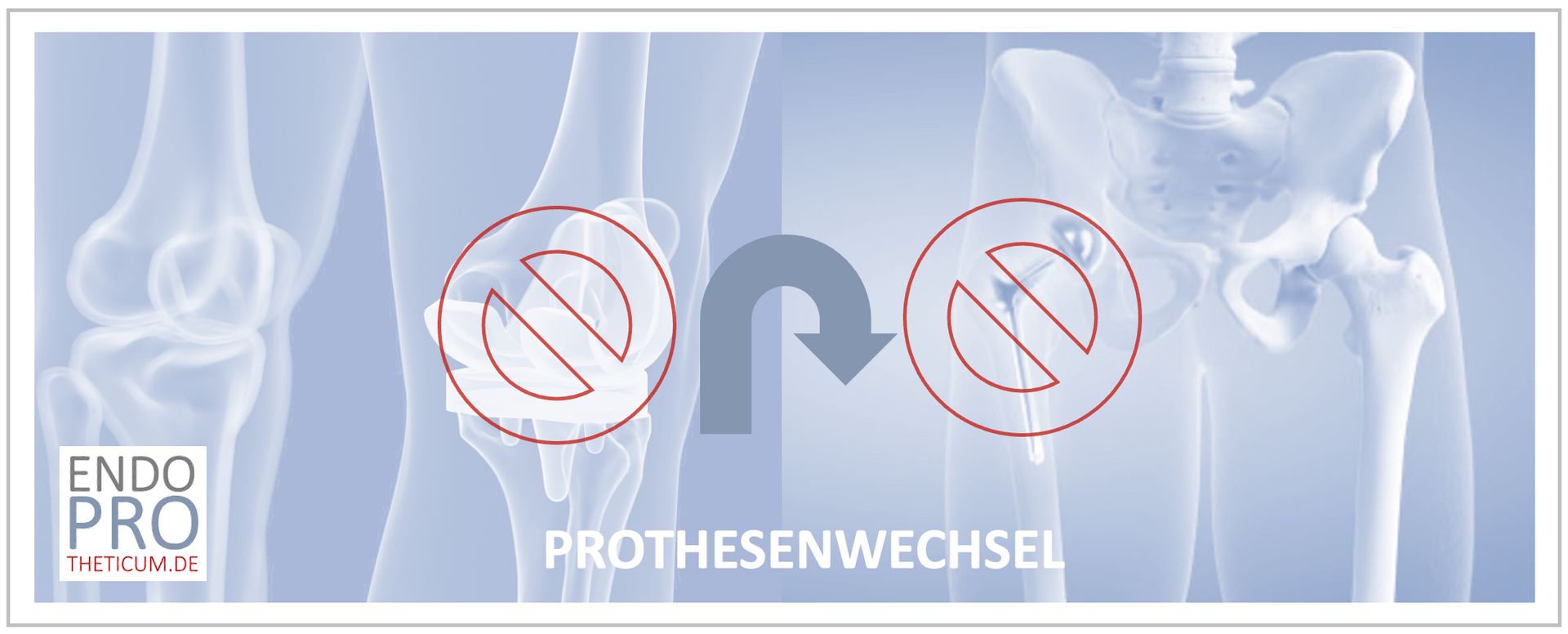
Serious complications after primary hip prosthesis or knee prosthesis may, in some cases, require a replacement of the prosthesis or a surgical revision. The decision to replace a hip or knee prosthesis should not be taken lightly. Modern implants have a long lifespan and can enable many patients to live a pain-free and active life for decades. However, there are situations in which replacement of the prosthesis becomes necessary. This blog highlights the most important reasons for changing a prosthesis, describes the typical symptoms that indicate a necessary revision, and describes modern approaches to treatment.
Common reasons for replacing hip and knee prostheses
Loosening of the prosthesis
One of the most common reasons for replacing a prosthesis is loosening of the implant. This can occur over time due to mechanical stress or, more rarely, as a result of an infection. A loose prosthesis often leads to pain and reduced stability.
Symptoms:
- Pain in the area of the affected hip or knee
- Instability when walking or standing
- Changes in the leg axis
Treatment:
Depending on the type of loosening, a partial or complete replacement of the prosthesis is necessary. Modern surgical techniques often enable minimally invasive procedures that promote rapid rehabilitation.
Periprosthetic infections
Although prosthesis infections are rare, they represent a serious complication. Infections can occur in the immediate follow-up period after surgery (acute) or years later (chronic).
Periprosthetic infection: A challenge in endoprosthetics
Periprosthetic infection is one of the most serious and common reasons for replacing a prosthesis. This is an infection in the area of the implant and the surrounding tissue structures. The cause is often the penetration of bacteria during or after the operation, but a later hematogenous spread of germs from other parts of the body can also trigger an infection.
Symptoms and diagnosis
Typical symptoms of a periprosthetic infection include:
- Pain in the area of the implant, which can also occur at rest.
- Swelling and redness.
- Overheating of the affected region.
- Fever or general feeling of illness in acute cases.
- Wound healing disorders such as discharge of pus.
The diagnosis is made through a combination of clinical findings, laboratory values (CRP, leukocytes) and imaging techniques. A joint puncture with microbiological analysis is usually the decisive step in identifying the pathogens.
Treatment strategies: One-stage vs. two-stage prosthesis replacement
The choice between a one-stage and a two-stage prosthesis replacement depends on the severity of the infection, the patient's health and the identifiability of the germ.
One-time change
With single-stage replacement, the infected implant is removed in a single operation, the infection is treated, and a new implant is immediately inserted.
Advantages of a one-time change:
- Shorter treatment time and faster recovery of mobility.
- Less stress for the patient through just one operation.
- More cost-effective compared to two-stage switching.
Requirements for a one-time change:
- Identification of the causative germ and its sensitivity to antibiotics.
- Only minor destruction of surrounding tissue.
- Patient's general health is good.
After the new prosthesis has been installed, local antibiotic therapy is often carried out using a special antibiotic carrier in the area around the joint.
Two-stage change
Two-stage replacement is considered the “gold standard” for severe periprosthetic infections or when the exact cause cannot be determined with certainty.
Process of the two-stage change:
- Removal of the infected prosthesis: First, the implant is removed and the infected area is thoroughly rinsed and cleaned.
- Insertion of a spacer: A spacer coated with antibiotics is inserted to partially preserve the functionality of the joint and to specifically treat the infection.
- Antibiotic therapy: This is followed by a longer phase (usually several weeks) with targeted intravenous or oral antibiotic treatment.
- Re-implantation: After the infection has been completely controlled, the new implant is inserted in a second operation.
Advantages of the two-stage change:
- Higher success rates for complex or difficult-to-treat infections.
- Possibility of intensive treatment of extensive tissue damage.
Disadvantages:
- Greater strain on the patient due to two operations.
- Longer treatment duration and limited mobility in the meantime.
Challenges and prospects of success when changing prostheses
Both single-stage and two-stage switching show good results when carried out properly and early intervention. In the long term, the two-stage switch is often more sustainable in cases of severe infections as it allows more time for the infection to be completely cleared up. Nevertheless, the decision must always be made individually and takes into account factors such as the patient's medical history and the availability of microbiological diagnoses.
The treatment of periprosthetic infection requires specialized expertise, precise diagnostics and a well-coordinated interdisciplinary team. Patients benefit from early intervention and consistent therapy, regardless of whether a one-stage or two-stage switch is carried out.
Material wear
Over time, wear and tear may occur, particularly on polyethylene prosthetic components. These wear particles can irritate the surrounding tissue and cause bone damage.
Symptoms:
- Pain under strain
- Loosening of the prosthesis
- Decreased mobility
Treatment:
Replacing the worn prosthetic component is usually sufficient. However, modern materials such as ceramic or highly cross-linked polyethylene minimize the likelihood of wear.
When is a revision with a replacement of the prosthesis urgently necessary?
Acute pain
Sudden, severe pain may indicate loosening, material breakage, or infection. In such cases, an orthopedist should be consulted immediately.
Reduced functionality
If everyday movements become increasingly restricted or feelings of instability occur, further investigation is required. It is often a gradual process that develops over months.
Revision techniques: modern and patient-friendly
Advanced methods are now available when changing prostheses. Minimally invasive approaches and the use of patient-specific implants improve the success rate and reduce rehabilitation time.
Examples of modern processes:
- Single-stage revision: In the case of sterile loosening or minimal infections, the old prosthesis is removed and replaced directly with a new one.
- Two-stage revision: Especially in severe infections to ensure careful wound healing.
Conclusion
A revision with replacement of a prosthesis on the hip or knee is a demanding but sometimes necessary operation to regain quality of life. Thanks to modern technologies and innovative treatment methods, the chances of success for a long-term solution are now better than ever. Trust in the expertise of an experienced specialist and take advantage of the possibilities of modern orthopedics at an early stage. Your path back to more joy in life begins with sound advice!
MAKE AN APPOINTMENT?
You are welcome to make an appointment either by phone or online .










